Tea ware is the medium through which we appreciate and savor tea, as the saying goes, “fine and clean utensils enhance the tea's beauty.” Therefore, the choice and arrangement of tea ware play an indispensable role in tea enjoyment. With the development of modern society and changes in tea-drinking customs, tea ware has evolved in terms of variety, form, and meaning, offering not only delicious tea but also a pleasing effect on the mind and spirit.
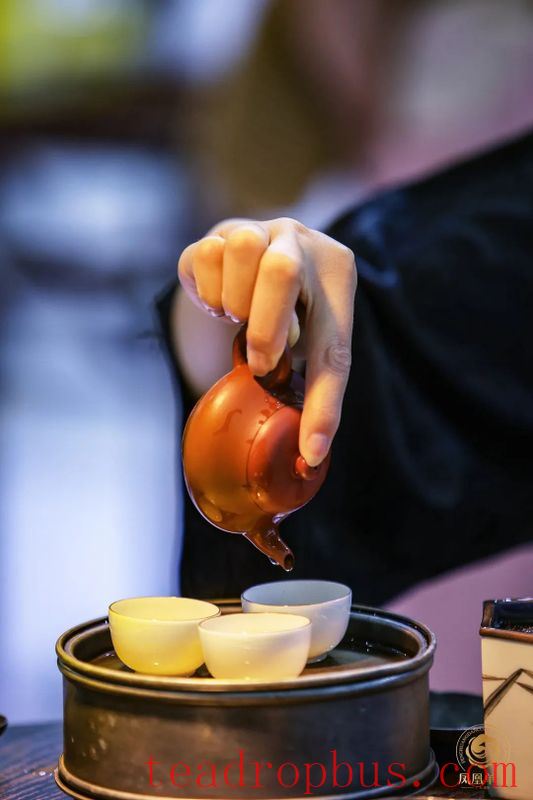
Kettle and Stove
A handy set of water-heating tools can inspire endless possibilities in the tea brewer. The Yushu Wei, one of the “Four Treasures of the Tea Room,” refers to the kettle, while the Chaozhou stove is used for boiling water.
The Yushu Wei is a small, flat pot made of thin, reddish porcelain with a capacity of about 250 ml. When the water boils, the lid makes a bubbling sound, as if calling out to brew tea. Nowadays, this type of pot is rarely used; instead, slightly larger purple clay pots from Yixing, often shaped like pumpkins or Dongpo handles, are more common in teahouses. Iron kettles are also used; they have an antique look and produce soft water that tastes smoother and sweeter, enhancing the flavor of tea. However, iron kettles can be quite heavy. Silver kettles produce water that is soft and sweet, and they are not too heavy, though they tend to be more expensive.
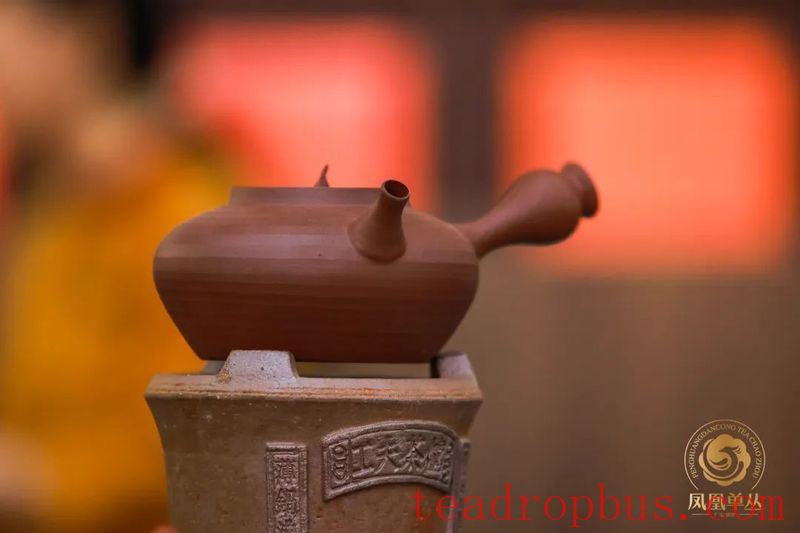
Teapot
The teapot is the centerpiece of tea ware, and its size, material, and shape significantly influence the aroma and taste of the tea. In the Ming Dynasty, small Teapots were preferred, as “small pots keep flavors concentrated and aromas from dissipating.” Xu Cishu, in his work “Tea Notes: Cups and Pots,” suggests that silver and tin teapots are beneficial for tea, followed by porcelain teapots glazed both inside and out. Unfortunately, old porcelain teapots are often not heat-resistant and prone to cracking when scalded with boiling water. Although Yixing clay teapots were favored by tea connoisseurs at the time, they needed to avoid low firing temperatures that could impart an earthy taste to the tea.
A good teapot should have a tightly fitting lid. To test this, fill the pot about 80% full with water, then press your finger over the air hole on the lid and try to pour water out. If no water comes out, the lid fits tightly. Additionally, the pot should be well-proportioned, with a round mouth, and the spout, handle, and knob should align vertically. Remove the lid and place the pot upside down on a table; the mouth and spout should be level. The pour should be swift and steady, with a straight and strong stream. If the flow is too slow, it can affect the quality of the tea. The spout should stop pouring cleanly without dripping or backflow.
Most importantly, a teapot should feel comfortable and easy to use when lifted. Everyone's hands are different in size, length, and shape, so when selecting a pot, ensure it feels right in your hand. Some handles may be awkward to grip, or the center of gravity might be off, making the pot difficult to handle. A pot that can be lifted and poured smoothly with one hand after being filled with water indicates a balanced and stable center of gravity.
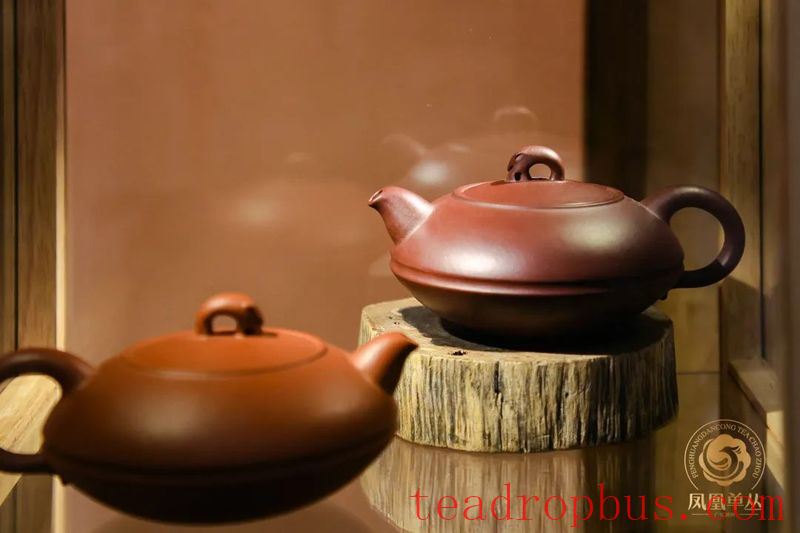
Trivet
The trivet was originally designed to keep the tea surface neat and dry, catching hot water poured over the teapot. Pouring hot water over the teapot warms it up, helping to extract the tea's finest flavors. A deep trivet should be used when pouring hot water over the teapot, especially for teas that require high-temperature brewing. When using a deep trivet, remember to promptly remove and discard the hot water used to warm the teapot. Leaving the teapot immersed in cooled water can lower its temperature, affecting the taste of the tea and potentially causing uneven coloration on the pot over time.
For teas that do not require pouring hot water over the teapot, various shallow dishes or unframed mats can be chosen to complement the teapot, highlighting its lines and aesthetics. Sometimes, even a simple stone slab or pebble, carefully arranged by the tea maker, can serve as a perfect stage for the teapot, much like a lotus pedestal beneath the Buddha's feet.
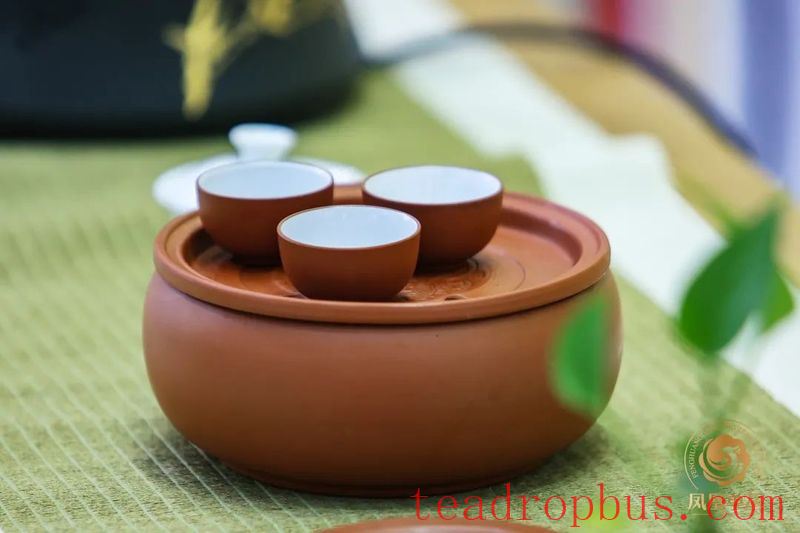
Gaiwan
A gaiwan, also known as a covered cup, is a three-piece tea vessel consisting of a lid, bowl, and saucer. In the Qing Dynasty, flowered tea became popular in the north, necessitating a larger capacity and insulation function, leading to the development of the gaiwan. With its wide mouth, the gaiwan allows for clear viewing of the tea leaves and liquor. Drinking is typically done by using the lid to push aside the leaves, sipping directly from the cup, or lifting the lid to the nose to smell the aroma. The saucer prevents the cup from becoming too hot to handle, making the gaiwan appear elegant and refined when held by the saucer. When selecting a gaiwan, try holding it to ensure it feels comfortable, particularly if the bowl is too large for your hand. Also, test the lid to make sure it is easy to move, which will facilitate handling the leaves.
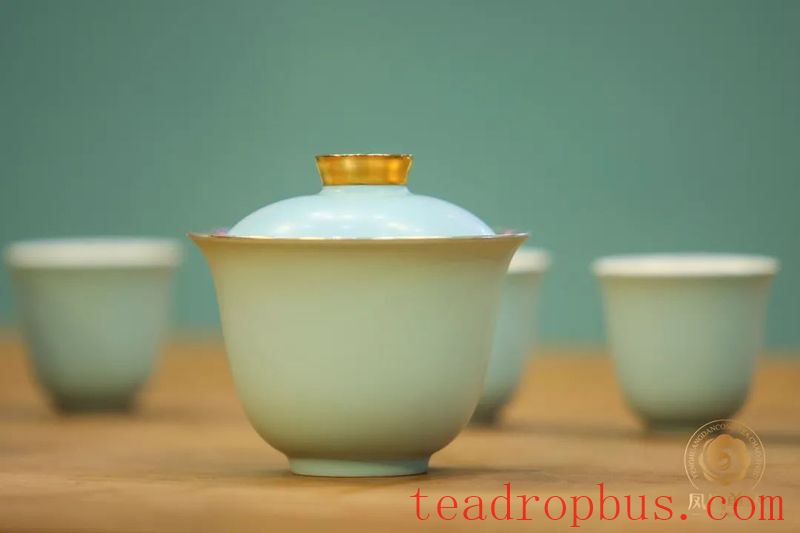
Tea Jug
The tea jug, also known as a fairness cup, is named for its ability to evenly distribute the tea liquor. It is sometimes referred to as a “sea of tea,” as depicted in Chapter 41 of “Dream of the Red Chamber,” where Miaoyu mocks Baoyu: “One cup is for tasting, two cups are for quenching thirst, and three cups are for drinking like a cow or a donkey. What do you call this ‘sea' you drink?”
When choosing a tea jug, ensure its capacity is larger than the teapot, as it is used to mix the tea liquor, sometimes requiring the contents of two infusions. Therefore, the jug should be larger to avoid overflow. Choose a jug with a wide opening for easy pouring of tea from the teapot. Similar to a teapot, the jug's pour should be smooth and steady, avoiding spills when pouring into cups.
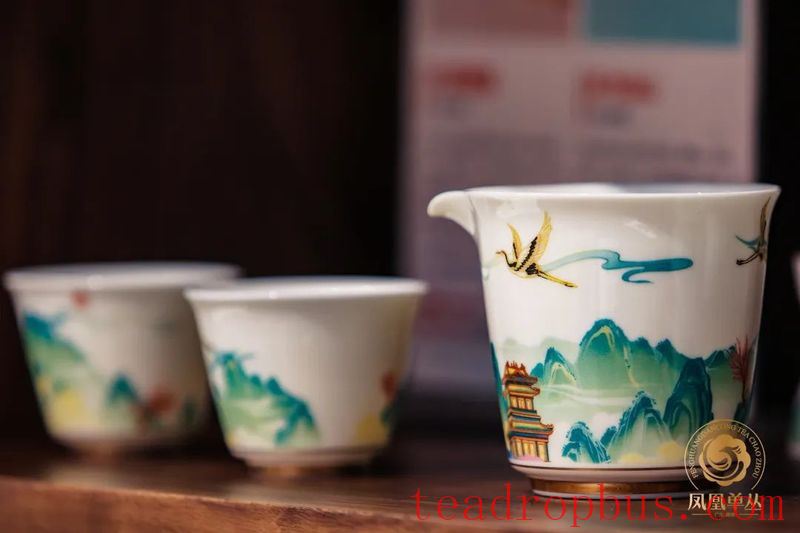
Teacup
A cup of tea that moves us is the result of various subtle factors coming together, and the power of the teacup can transform the character of the tea. Using Teacups of different materials, colors, shapes, sizes, heights, and thicknesses can significantly alter the flavor of the tea, sometimes to a surprising degree. Regardless of the type of tea, a good cup enhances the aroma, color, and taste, making them more delicate, rich, and captivating.
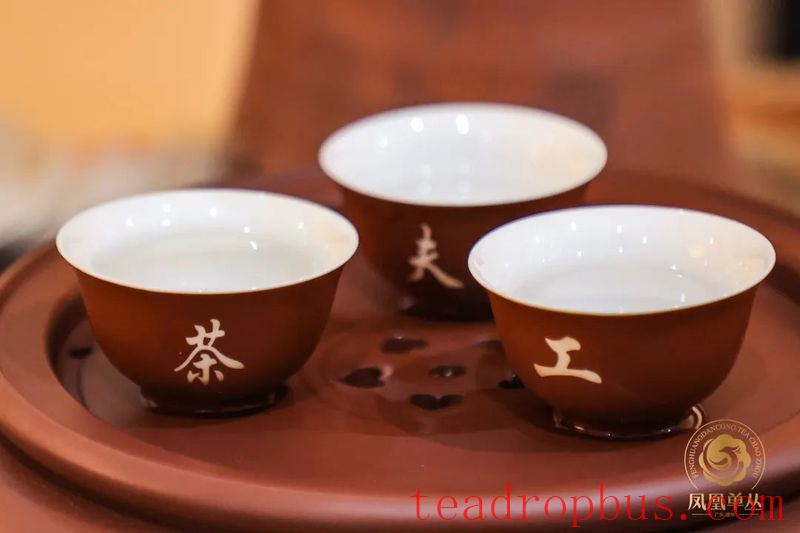
Saucer
A saucer, traditionally called a zhan tray, is akin to a lady's choice of shoes to match her outfit: it can be bold, like boots; elaborate, like crystal high heels; or understated, like monk shoes. The primary purpose of a saucer is to prevent the cup from becoming too hot to hold and to maintain hygiene by avoiding direct contact with the rim. Offering tea to guests using a saucer is more appropriate and elegant. When choosing a saucer, ensure it is proportionate to the size, shape, and color of the cup. The design should be practical and easy to hold. If the saucer is too large, small, or flat, the cup may not sit stably on it, making it less ideal. If the tea table is flat and the cup